6 highly effective strategies to prevent wildfires this season
“An ounce of prevention is worth a pound of cure.”
Ben Franklin was talking about fire danger in Philadelphia, Pennsylvania, when he spoke these words in 1736. But he may as well have been giving advice to today’s utilities as they struggle with wildfire mitigation.
Utilities are responsible for 10% of human caused fires, but these fires are massively destructive with infrastructure, the budget – and human lives. For example, these utility-sparked fires have been responsible for about 40% of California’s most devastating wildfires.
Climate-change-driven weather patterns that boost temperatures, heighten humidity levels, and increase drying of fuels like fallen timber, combine with wind to set the stage for increasingly destructive wildfire burns.
Here are 6 strategies — your “ounce of prevention”— for wildfire mitigation.
Consider wildfires a year-round, 24/7 issue.
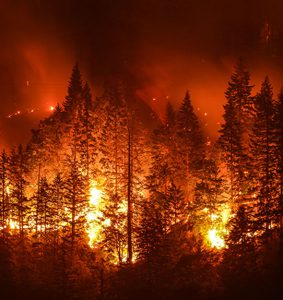
The World Economic forum reports a 27% increase, globally, in the length of wildfire seasons since the 1980s. Some of the most pro. Slower arrival of rain and snow keeps wildfire risk high well into winter months. Increases have been seen in the Amazon, southeast Australia, and North America’s west. In fact, since the 1970s, wildfire season across the U.S. western states has grown from 5 months to more than 7 months.
Whether you’re preparing for the next event, dealing with one currently, or recovering – It’s always fire season
Segment your grid and network by critical risk factors.
Aging infrastructure, equipment use and malfunctions, as well as vegetation encroachment, create serious risk factors.
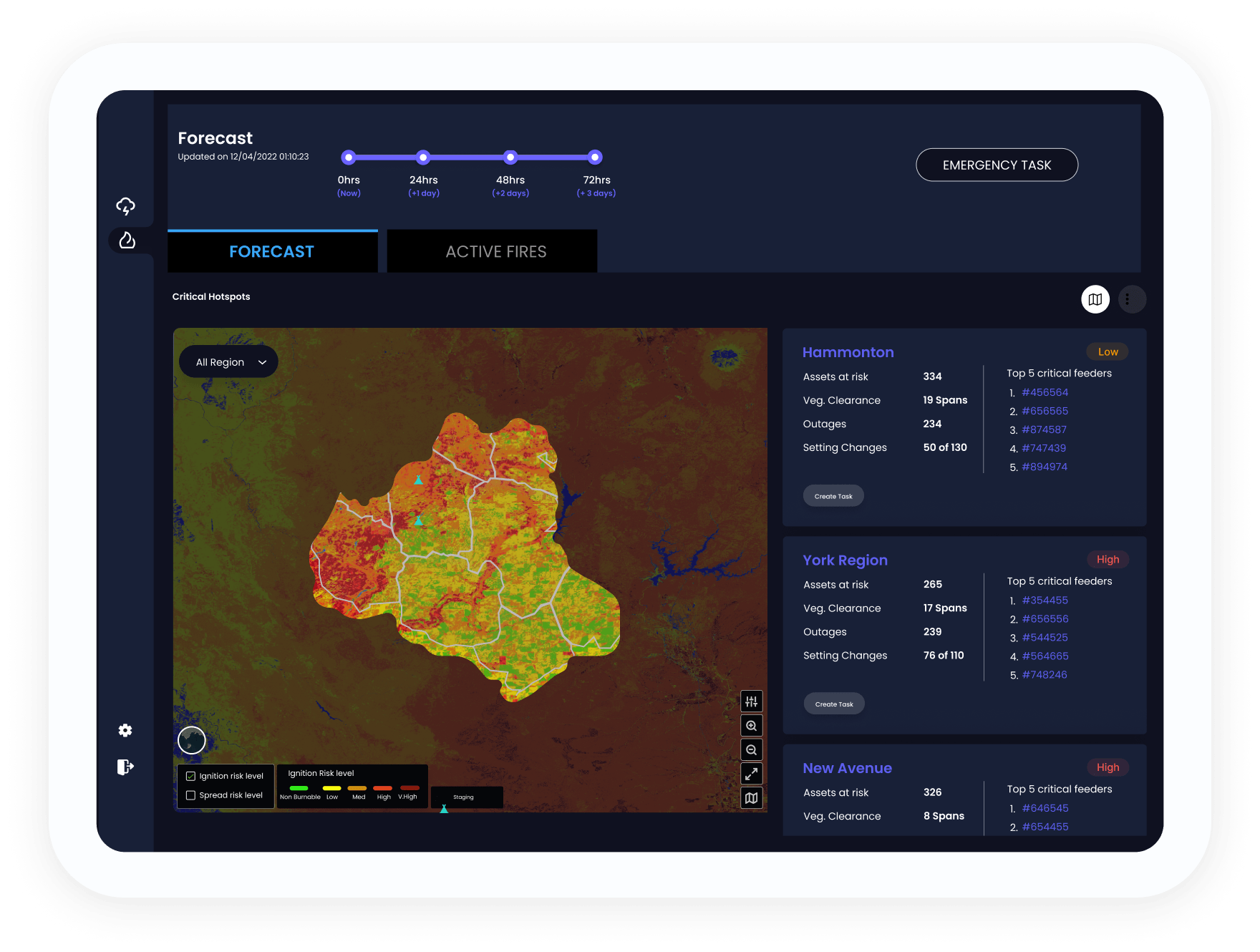
A data-driven approach is important in assessing and preparing the grid for effective wildfire prevention and mitigation. To set your grid-hardening strategy, first assemble a full picture of your grid and rank areas for criticality of service.
- T&D lines close to hospitals and schools.
- Homes bordering forested areas.
- Corporate areas.
- Rights of way (RoW) amid heavy vegetation.
Then add risk information.
- Areas where current pruning schedules are adequate (low risk).
- Areas showing the need for need more attention than current schedules allow (moderate risk).
- Areas served by aging infrastructure.
- Urgent action (high-risk) areas where intense vegetation and risk are present: hazard trees (dead or dying trees), doghair forests (many small diameter trees), and other encroaching vegetation.
Clarity of data around vegetation management solutions is also important to avoid cutting healthy trees, which are helping to mitigate climate change, support carbon sequestration, and produce oxygen.
Get the most from your budget.
When you have fully assessed your challenges, you can take a strategic approach to balance risk with cost and performance.
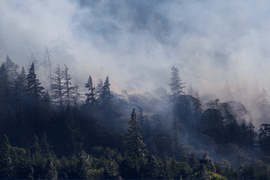
- Send crews to assess the top 100 high-risk danger trees in an area instead of the first 100 trees in an area.
- Match work crews and equipment to grid services by level of importance.
- Address today’s risk while planning mitigation of future risk.
- Evaluate data to determine what grid-hardening measures will bring the best results for the money.
- What areas of the grid will be best protected with fireproofing wood poles, insulating T&D lines, or installing covered conductors?
- Are some wood poles candidates for steel or concrete replacements?
- Do you have extremely high-risk areas where you might justify the hefty price tag of undergrounding lines?
- Where can smart grids or reclosers be applied to proactively interrupt electric current during dangerous events?
Work with your community.

Look for opportunities — in newsletters and other community publications, as well as events/festivals — to ensure customers are well informed about wildfire risk and prevention.
Standard reminders of keeping watch on and fully extinguishing campfires, debris burns, and cigarettes, as well as recognizing high-risk conditions are important.
Add to these guidelines for securing properties regarding:
- Planting vegetation with future growth in mind, to avoid mature plantings interfering with power lines.
- Keeping grass cut around structures.
- Trimming trees and vegetation growth away from structure walls and roofs.
You’ll also want to ensure that community members understand how rolling blackouts and public safety power shutoffs (PSPS) may affect them.
Work with regulators and communicate your plan.
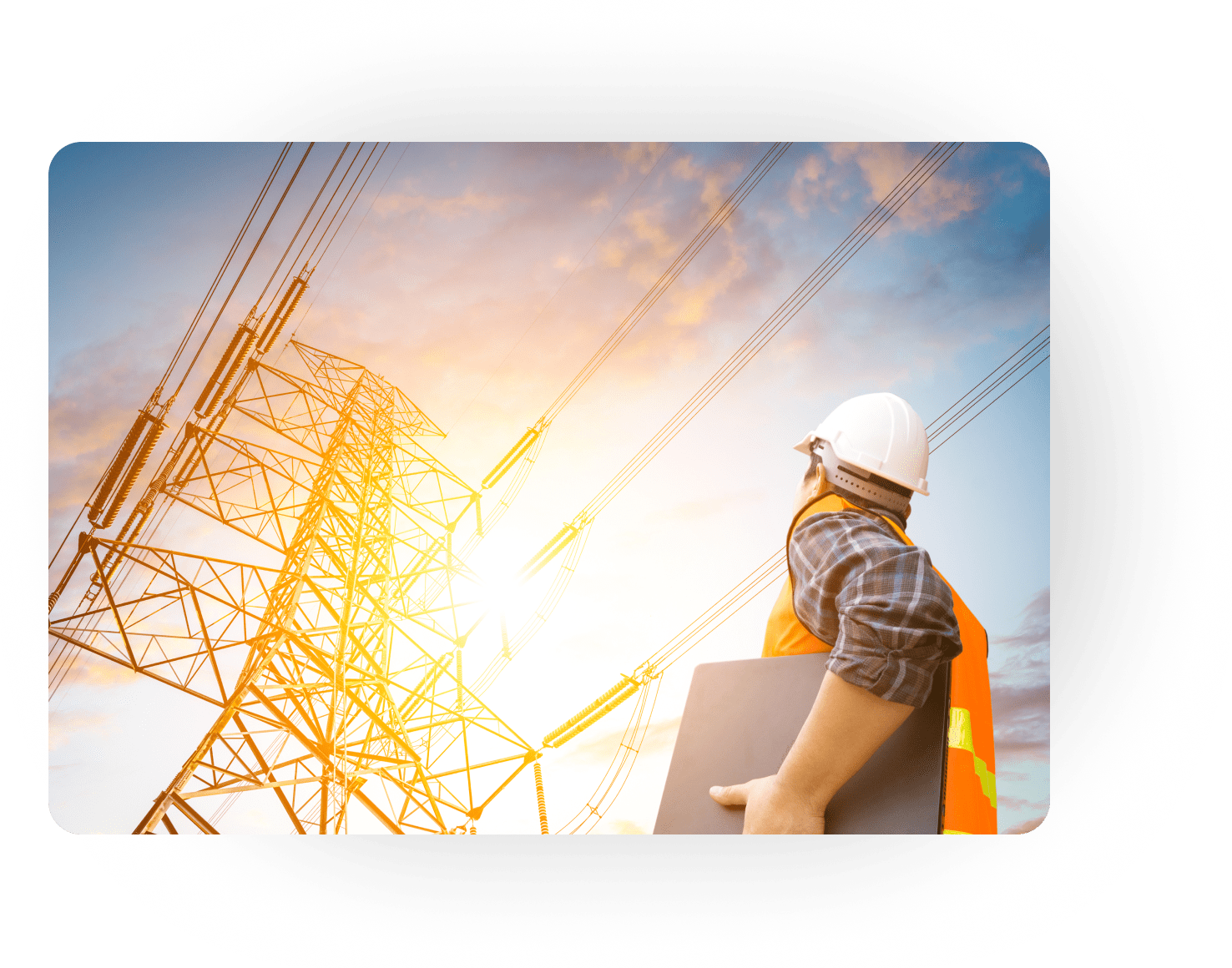
To introduce and make regulators feel more comfortable with your process, create a risk profile backed by data that supports your wildfire mitigation plan.
To ensure you are in compliance and that your liability is impacted favorably, be sure that your plan:
- Sets clear and concise expectations.
- Forecasts wildfire risk.
- Predicts spreads.
- Identifies assets to harden.
- Maps where vegetation risk will be removed.
Then, if an outage or wildfire event occurs, you’ve already informed regulators about asset and vegetation inspection as well as improvement dates.
With evidence of planning and work, liability will be less.
Look into technology.
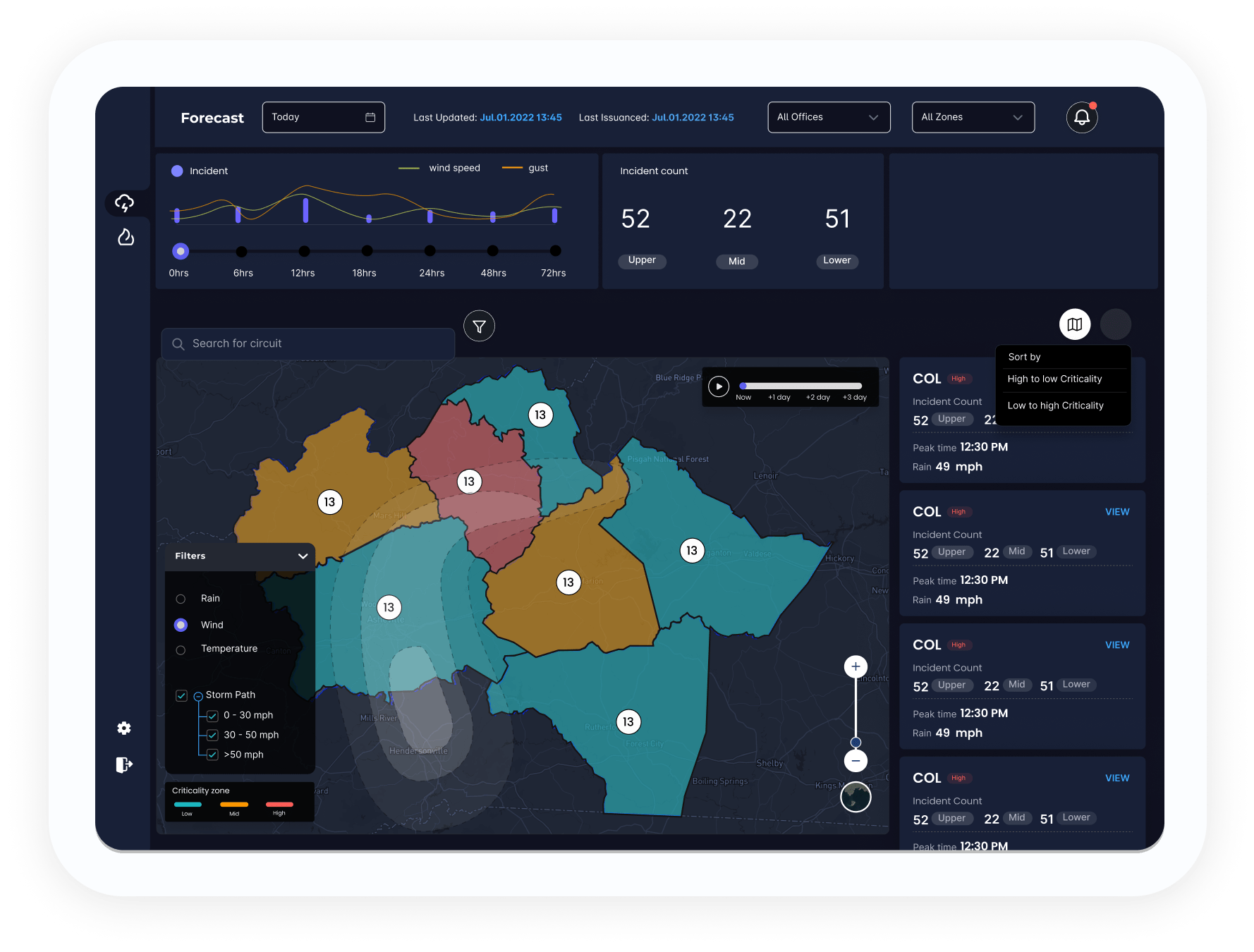
Each of the above steps — from identifying risk factors to budgeting to working with community and regulators — are most effective when backed by suitable technology that builds on current ground truth.
Add equipment — including smart technology, like smart grids and reclosers — that can proactively interrupt electric currents in compromised areas and is overall more resilient and protective in wildfire conditions.
Further boost manual processes of collecting and evaluating data into higher efficiencies with satellites and AI.
- Use continuous remote monitoring to assess tree health and detect declines and possible infestations in the earliest possible stages: Manual observation often does not catch the decline until the tree is dead and more dangerous to remove.
- Prioritize with a data-driven view: AI analyzes where outages caused by hazard trees or vegetation issues will affect the most, or most critical, customers.
Strengthen your strategy for wildfire mitigation with a detailed satellite view and AI analysis of your entire grid.
Learn more about this approach to maximum reliability levels and climate resilience.
